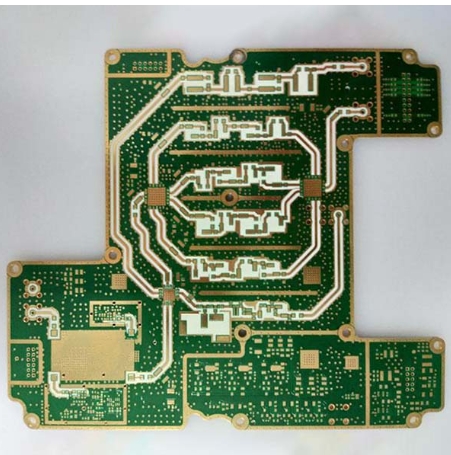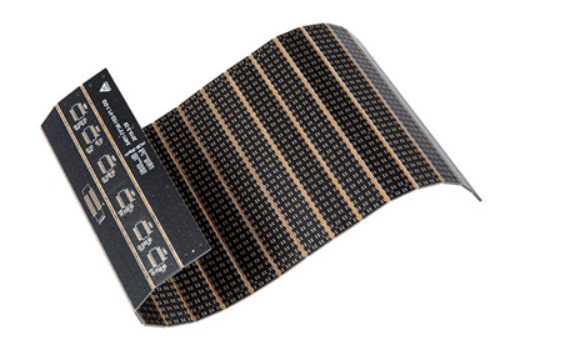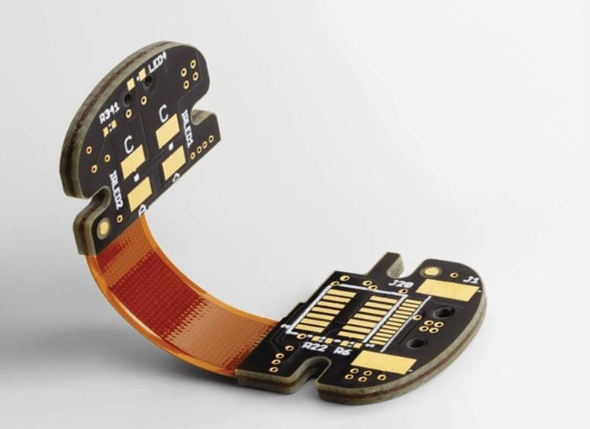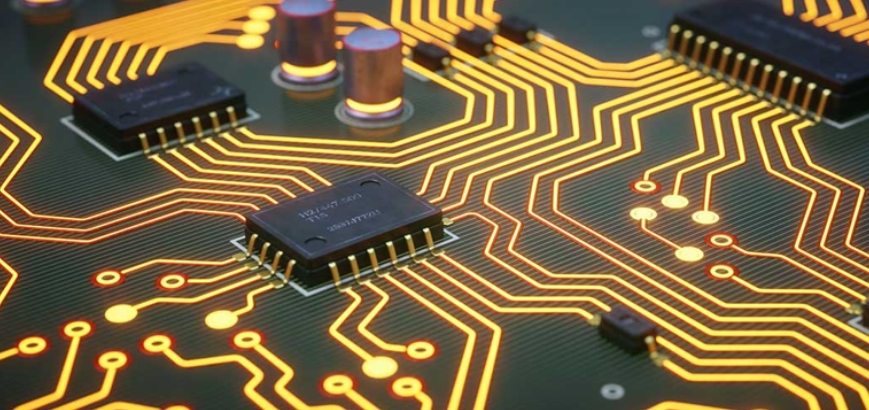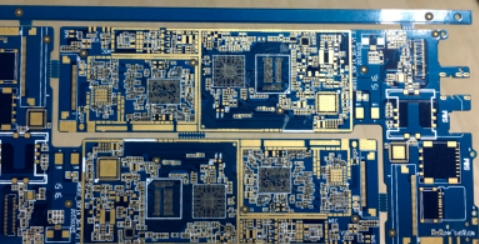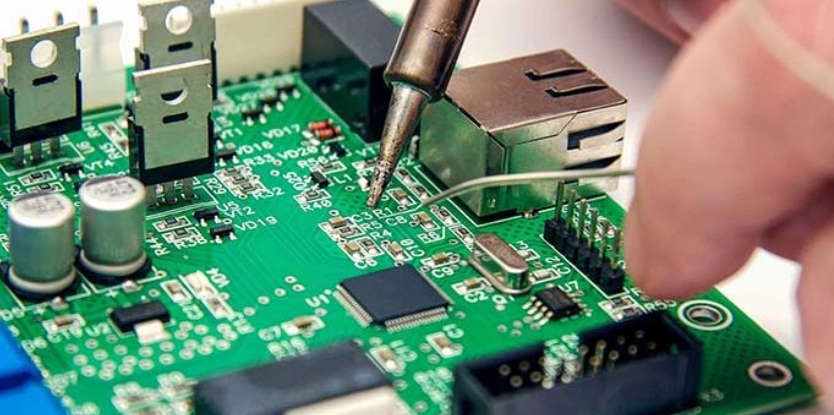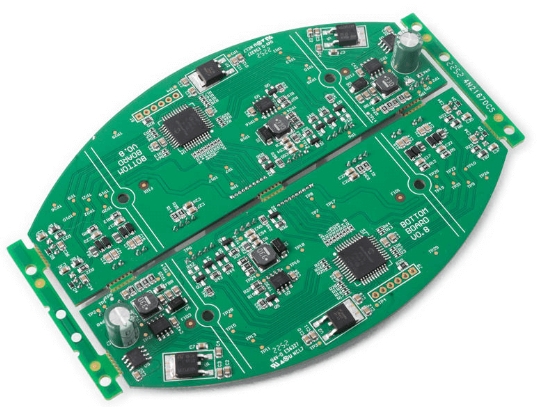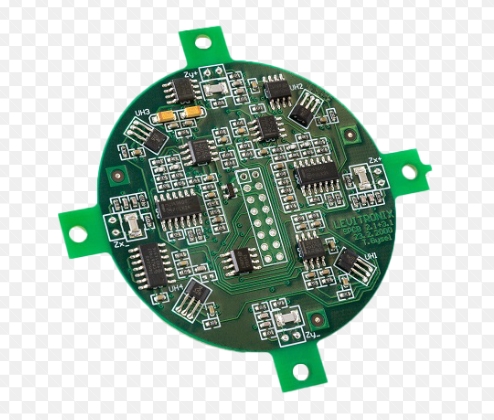RF printed circuit boards are a highly complex but rapidly growing segment of the PCB manufacturing industry. In the PCB industry, boards that operate at frequencies above 100MHz are classified as RF PCBs. However, this standard stops at 2GHz. In addition, any board that operates at frequencies above 2GHz is called a microwave board. RF PCBs...
HomeAuthor
kkpcba-Cindy - KKPCB - Page 50 of 73
Rigid-flex PCB boards are one of the most widely used printed circuit boards for industrial applications. Their versatility is one of the main reasons for their popularity. They are made of a mix of rigid board and flex circuits, which means that the manufacturing method is similar to that of rigid board, but the circuit has a flexible...
In the era of smart manufacturing, industrial robots are transforming the production landscape with enhanced efficiency, precision, and safety. Central to this evolution is the indispensable role of printed circuit boards (PCBs). Acting as the “nervous system” of robots, PCBs support signal transmission, control functions, and intelligent decision-making. As robotics technology advances, so too does...
FR-4 is not a material, but a material grade, which represents a material code of a fire resistance grade. It means that the resin material must be able to extinguish itself after burning. There are a few FR-4 materials used on PCB circuit boards, but most of them are composite materials synthesized by four-function (Tera-Function) epoxy...
Manufacturers create rigid PCB boards to provide a rigid base for electrical components. This feature makes them cost-effective. Hence, this is one of the reasons why rigid PCB boards are in high demand in the market. Fr4 Rigid and Rigid-Flex are two well-known types of rigid boards. They each have their own characteristics. Let’s discuss the differences...
Amid the increasing climate change, protection has become a top priority for every advancement. Moreover, we cannot deny that tech products require strong resistance to harsh weather, rain, sun or electromagnetic currents. Resins and coatings protect printed circuit boards to ensure their compatibility. This helps focus on which environmental factors affect the PCB from the outside and...
Handling small circuit boards during automated assembly can lead to defects and inefficiencies. To overcome this challenge, PCB panelization—the process of creating PCB panels from smaller boards—plays a vital role. This technique not only ensures improved handling during assembly but also reduces costs and minimizes defects. Here’s a comprehensive guide to panelizing PCBs, including methods, techniques,...
Manufacturers use flux to solder components on PCBs. Depending on the PCB components, flux also varies and is used to fix them on the board. It ensures uninterrupted and strong electrical connections between devices. However, it is crucial to remove excess flux so as not to blur signal traces or damage connections. In this article,...
Surface Mount Technology (SMT), SMT Components, and SMT Equipment are all terms for this technology. Almost all commercially produced equipment in the electronics assembly industry today uses Surface Mount Technology (SMT), mainly because of its advantages in the PCB manufacturing process and the fact that a large number of electronic components can fit into a...
In recent years, electronic products have become increasingly complex and integrated into people’s daily lives. However, there are still two popular methods for soldering electronic components together to build circuits: Surface Mount Technology (SMT) for PCB Assembly Through-Hole (PTH) PCB Assembly Both SMT PCB assembly and PTH assembly have unique advantages and disadvantages. Understanding these differences can...

